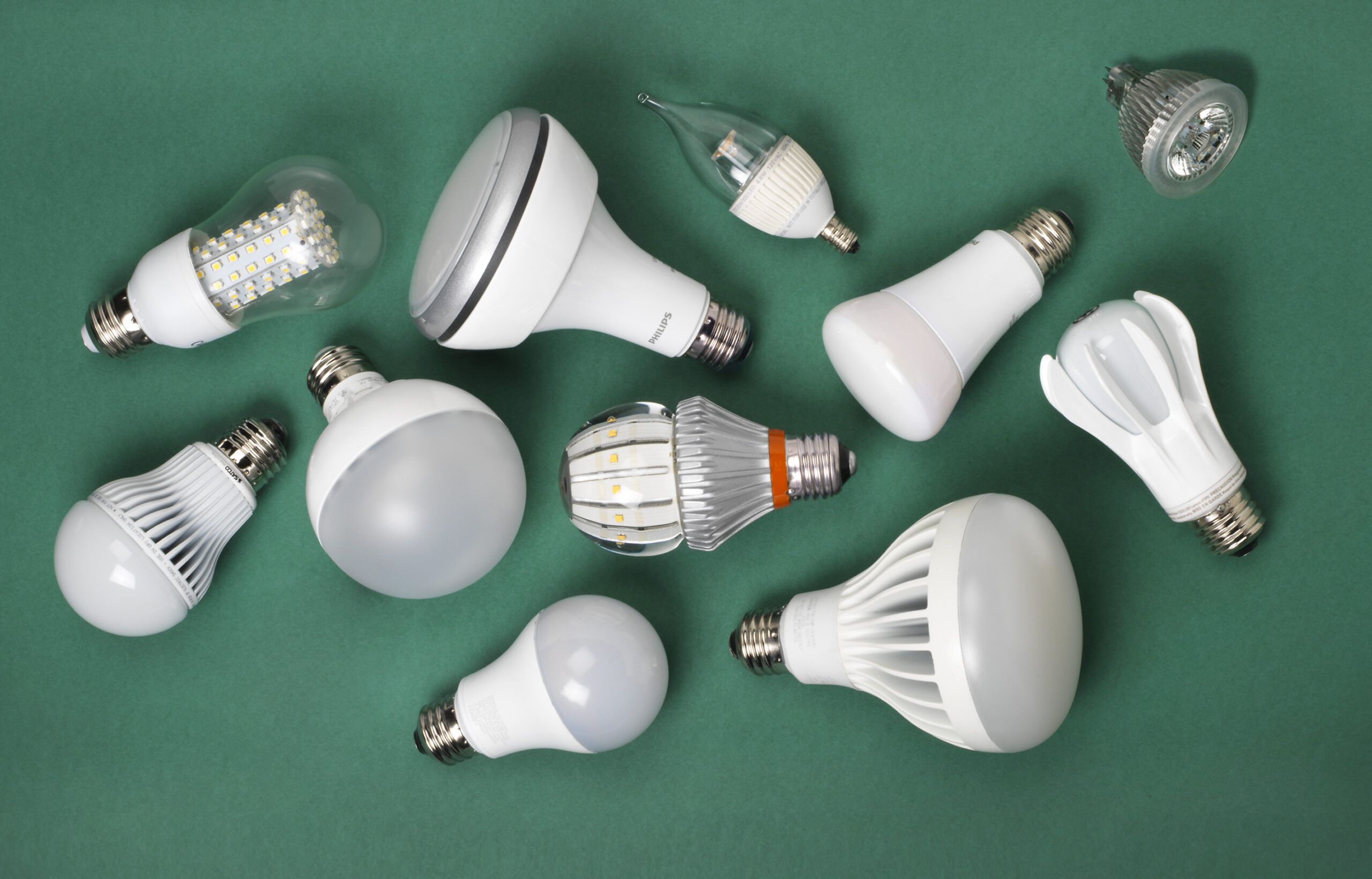Getting Better
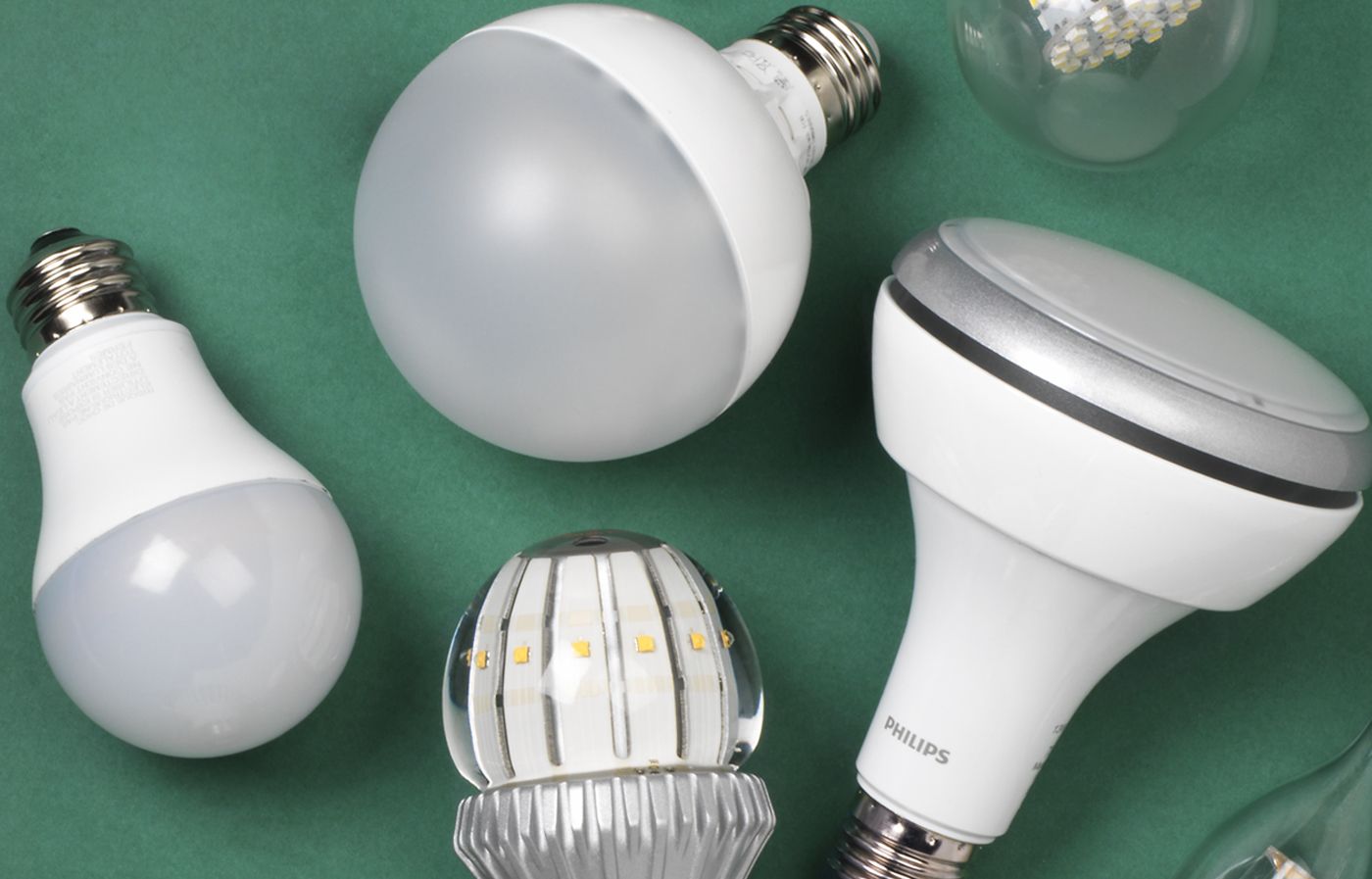
Maybe you’ve already done the righteous thing and swapped out all your energy-sucking incandescents and not-universally-useful CFLs for long-lasting, mercury-free, energy-saving LED bulbs. More likely, you’ve dropped in a few here and there, with mixed results. LED bulbs can still be cold, alien-looking things with odd shapes, splayed fins, and dazzling price tags. But they keep getting better—and cheaper. If you haven’t already, now is the time to start making the switch, and we’re going to explain how and why.
Better Light Diffusion
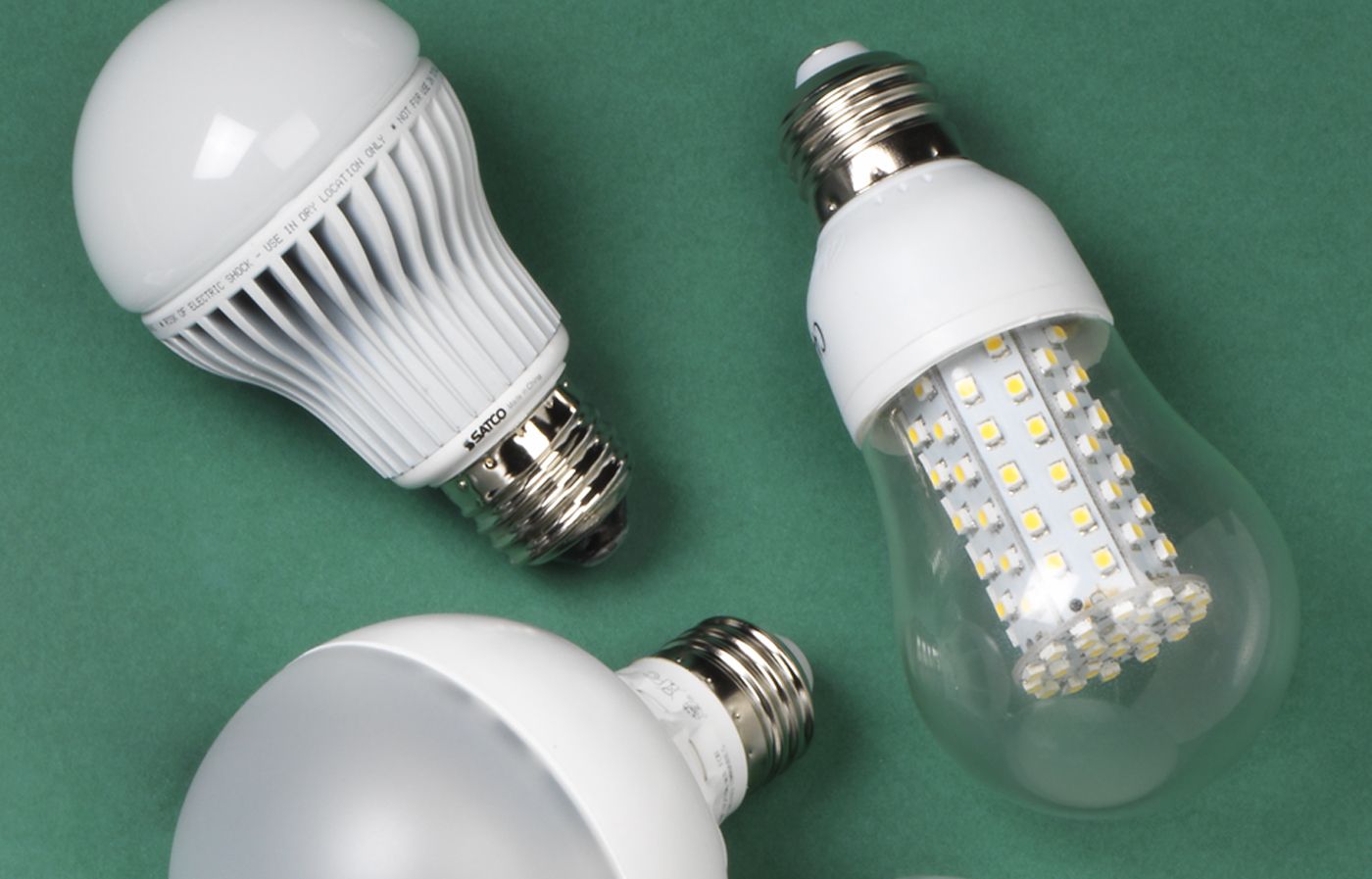
The first LED bulbs I tried made my living room look like a hospital ward. How do I avoid that stark white light?
Newer models do a better job of diffusing the tiny directional beams that LEDs generate. But even so, you may want to start with lower-lumen (meaning less bright) bulbs. LED bulbs—which house electronic circuits and light-emitting diodes that act as semiconductors rather than filaments—now come in “color temperatures,” including warm tones that can mimic incandescent bulbs and flatter furnishings, such as varnished wood. Interestingly, cooler ones are often recommended for outdoors because they bring out the green in foliage, says Seattle-based lighting designer Christopher Thompson.
There’s enough small print on the package to blind a lawyer. Can you translate?
Look for the requisite Lighting Facts label, which posts the Kelvin (K) rating: The closer to the lower end of 2700K, the warmer the light (yes, that does sound backward). Bulbs are also rated for their ability to render color accurately, using what’s called the Color Rendering Index (CRI). Incandescents, which do especially well with warmer colors, score 100. You may need to check the manufacturer’s website for the CRI rating; despite all that small print, it’s not always on the package.
Understanding Lumens
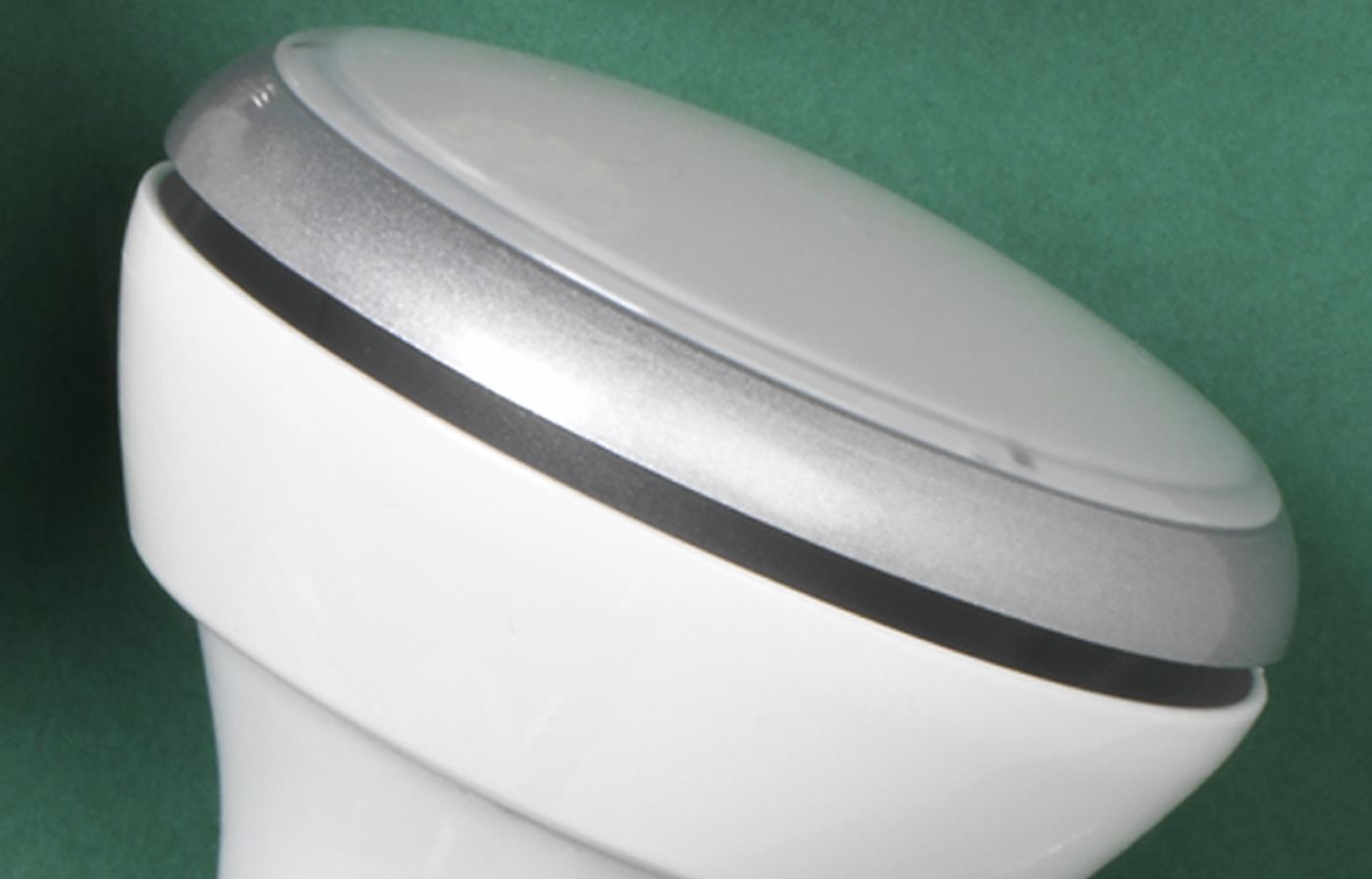
I’m confused about watts and lumens. Life was so much easier when I could replace one 60-watt bulb with another!
Lumens are a better way to compare brightness. Watts measure how much electricity a bulb draws, not light output, which varies, since not all 60-watt incandescents are equally efficient. More important, 60-watt-equivalent LED bulbs may seem brighter, since the light is cooler. So if you’re shopping for a 60-watt equivalent, consider trying a 40-watt equivalent instead. Its 450 lumens may be bright enough.
I love my recessed cans but can’t find an LED flood that has a broad, warm light.
Look for a reflector bulb, such as the BR30 type, with a slight bulge near the face of the bulb. Information on the package should say whether the bulb is a “spot” or a “flood,” and may also include the angle of the light beam. If you want a flood, look for an angle of more than 50 degrees or the acronym WFL, for wide flood. (SP stands for spot). Alternatives for recessed cans also include LED surface-mount panel fixtures, such as ones made by Pixi Lighting.
On Dimmers

Another problem: The dimmer is no longer able to bring the light way down.
Traditional dimmers are often unable to operate LED bulbs: They may flicker or fail to respond—a syndrome known as “dead travel.” In other words, don’t assume a bulb labeled dimmable will jibe with the dimmer you’ve got. Go to the bulb maker’s website to see which dimmers go with which bulbs—or consult the Lutron LED Control Center of Excellence, which runs a toll-free hotline for frustrated consumers: 877-DIM-LED8. Smartphones may turn out to be the ultimate solution; Philips already makes bulbs whose color and brightness are controlled by an app.
Can I stick an LED bulb in any fixture?
Pretty much. Just match up your old bulbs’ bases with LED versions, taking care to also compare lumens, or brightness levels (again, a lower-lumen bulb may be more pleasing). Some new bulbs are surprisingly good at mimicking the familiar Edison, and one company, Switch, has introduced the first three-way LED bulb. To soften the beam and make it less direct, manufacturers install multiple LEDs, reflectors, lenses, and diffusers within the bulbs. Some bulbs look a little funny until you turn them on or put them behind a shade or inside a glass globe. But be aware that some LED bulbs cannot be used inside enclosed fixtures or capped recessed lights. (Read the fine print.) As Ray Johnston, a staff scientist at 3M, explains, LED bulbs have “heat sinks”—fins or another way out for the heat generated when energy passes through the semiconductors—which help them use much less wattage and emit much less heat than incandescent bulbs do. But on the flip side, LEDs are more sensitive to their surrounding temperature and need a decent amount of airflow to work well. Overheating won’t make a bulb explode, but it will shorten its life. As for cold temperatures, unlike CFLs, LEDs do fine outdoors.
Unusual Bulb Replacements
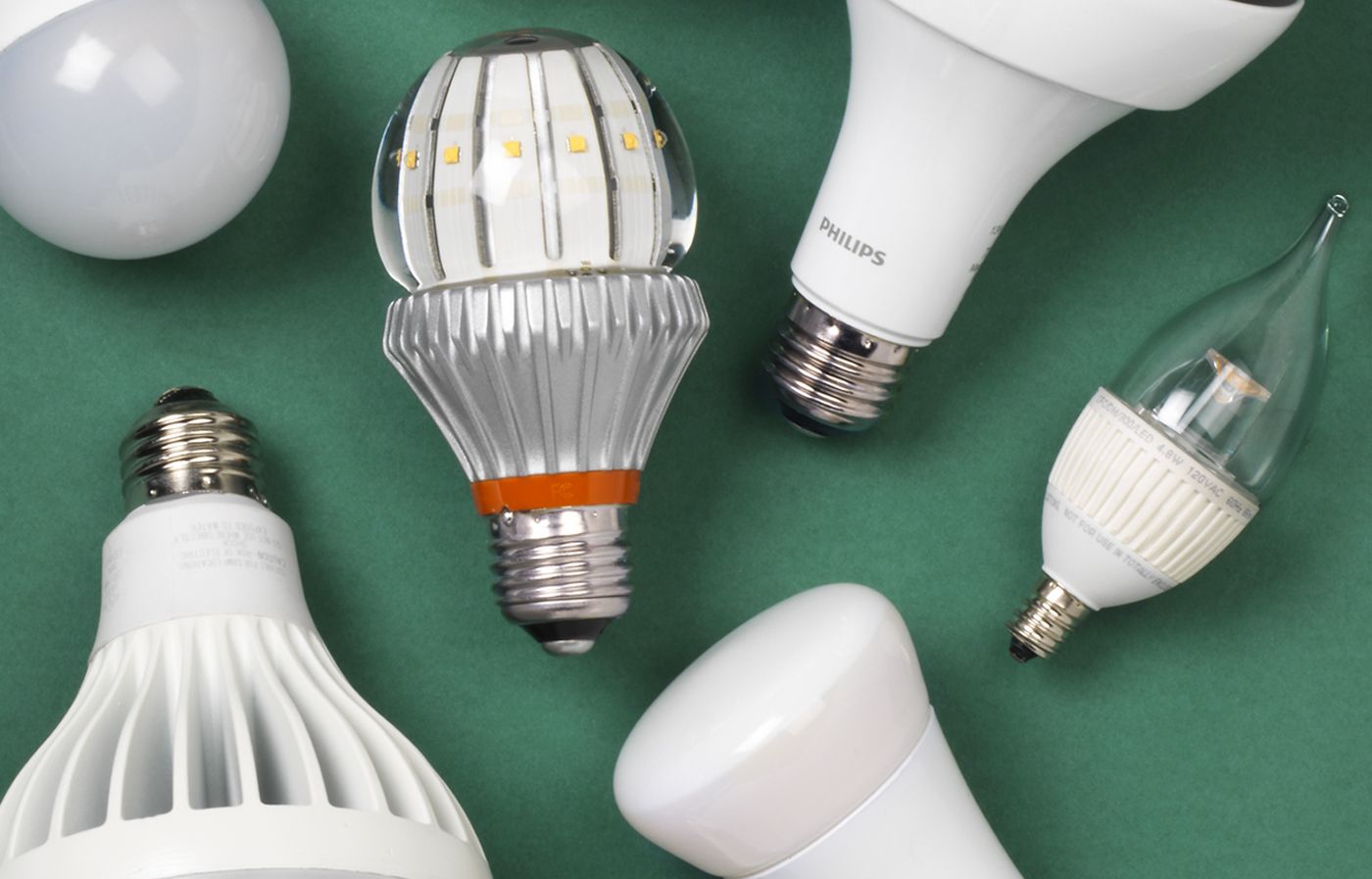
How about replacements for unusual bulbs?
Look for LED pin bulbs that can replace halogens, small bulbs for candle-style fixtures, and specialized LED fixtures, such as undercabinet strip lights from companies like Kichler and Häfele and battery-operated lights for drawers and closets from the likes of GE and IKEA. Keep in mind that the aforementioned airflow issue has led to odd bulb shapes, styles, and fin displays. Ask if the store has a no-questions-asked return policy. While you’re at it, ask about the bulb’s compatibility with your dimmer. And keep your receipts.
I tend to holler when someone leaves the lights on. But, it turns out, all that off-and-on wears out CFL bulbs. How about LEDs?
Repeated off-and-on will not harm them or reduce their life expectancy, and energy is energy, so why waste it? But LEDs are energy misers, so no need to obsess about turning them off every time you step out of the room.
Where to Start
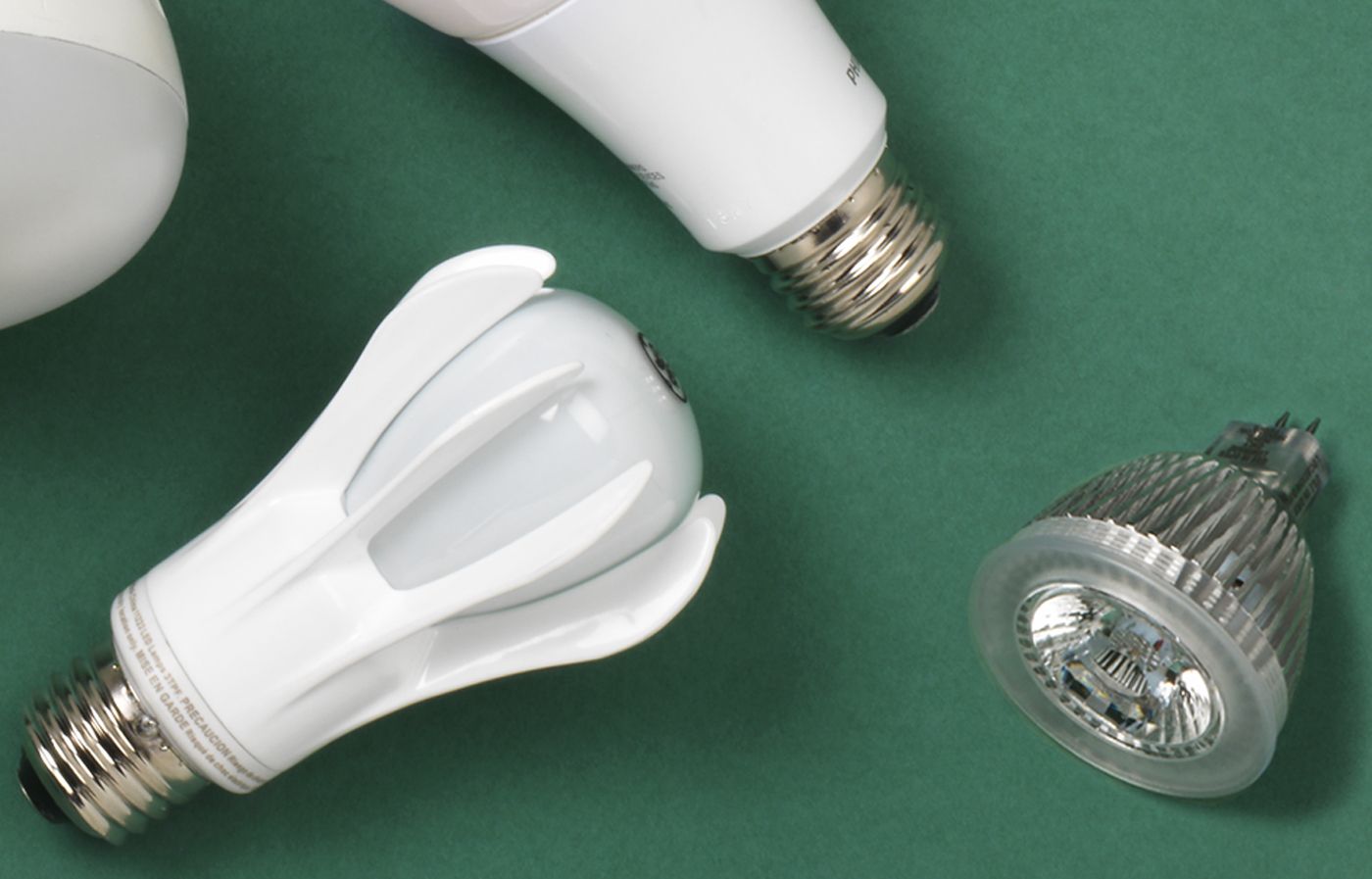
Is there a best place to start?
Swap in LEDs in areas where lights are on the longest, like the garage and porch, and any spot where changing the bulb is a pain; one of the great things about LEDs is how long they last, typically 15 years or longer. A $12 LED bulb that meets EPA’s Energy Star requirements and is left on 3 hours a day will pay for itself in roughly two years; in California, in only one year, EPA experts say. To reduce the sticker shock of more-expensive LED bulbs, take advantage of utility and other rebates, which could reduce the price to $5—possibly right in the store. For details, enter your ZIP code on the Special Offers and Rebates page at energystar.gov.
Should I be tempted by cheapo bulbs?
Buyer beware. Though prices are falling, remember: The real thing holds a semiconductor, barely uses energy, and boasts a ridiculously long lifetime. Buy Energy Star bulbs and fixtures when you can; they must have a three-year guarantee and meet performance standards, like a minimum CRI rating of 80 and a 25,000-hour lifetime, before EPA lets them into the club.
GE 60-Watt LED, 800 lumens
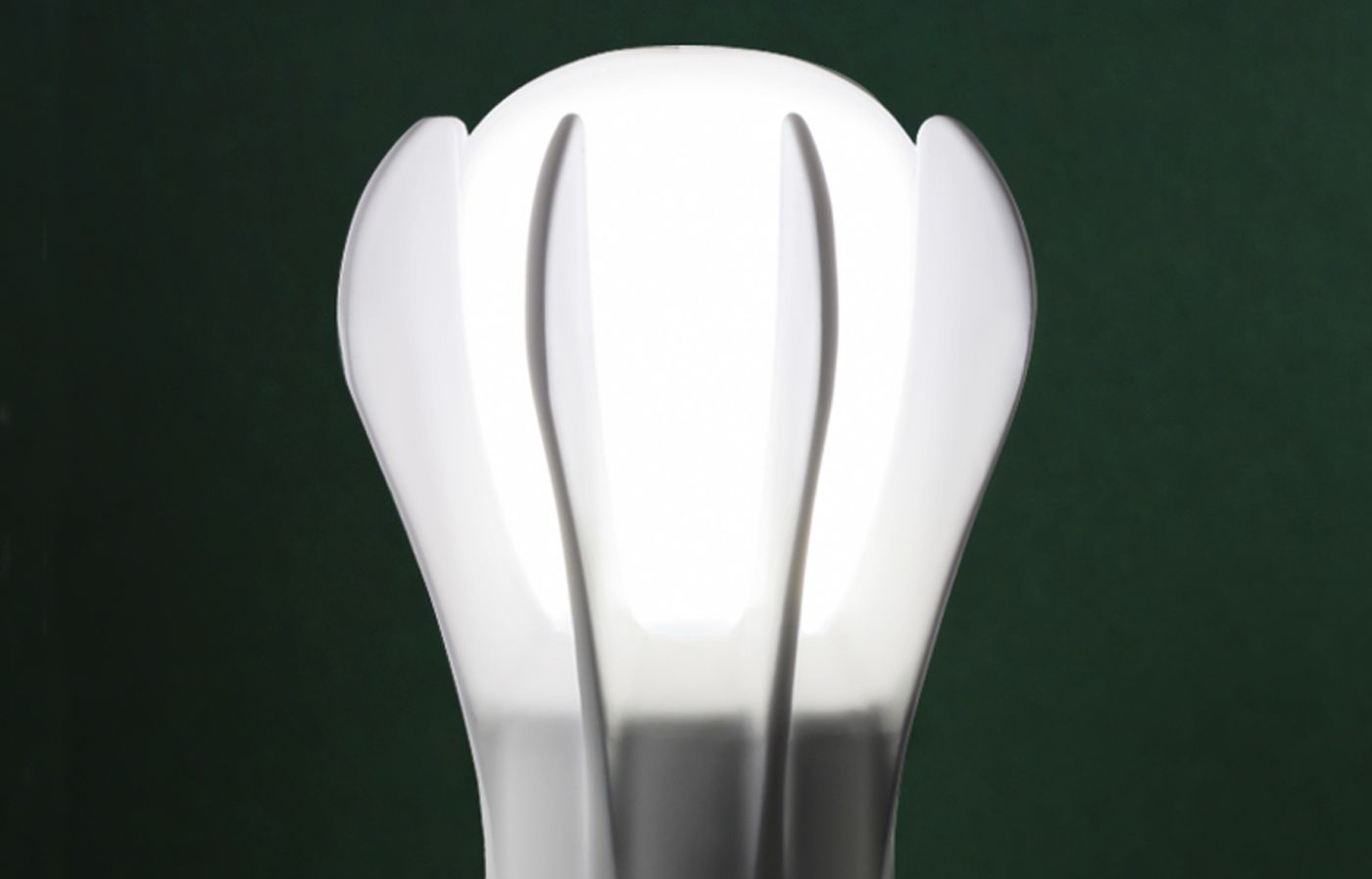
Along with its rakish exposed fins, this all-purpose bulb carries a coveted Energy Star label. It sheds even light but can’t be dimmed.
About $20; samsclub.com
Switch Lighting 60W A19
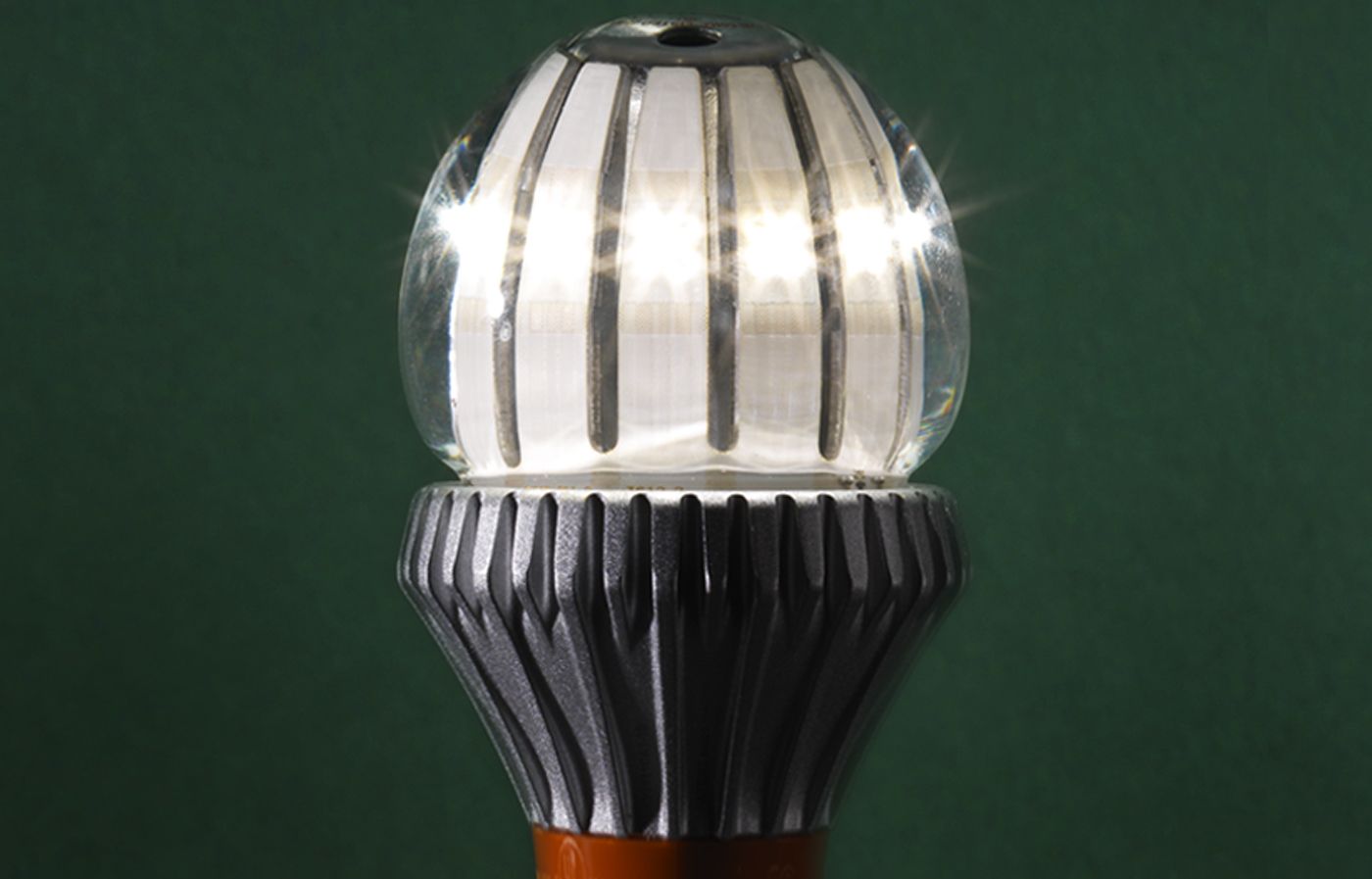
This bulb can go inside an enclosed globe— most LED bulbs can’t—which produces an even glow. It’s dimmable down to 20 percent.
About $35; homedepot.com
Cree 40W
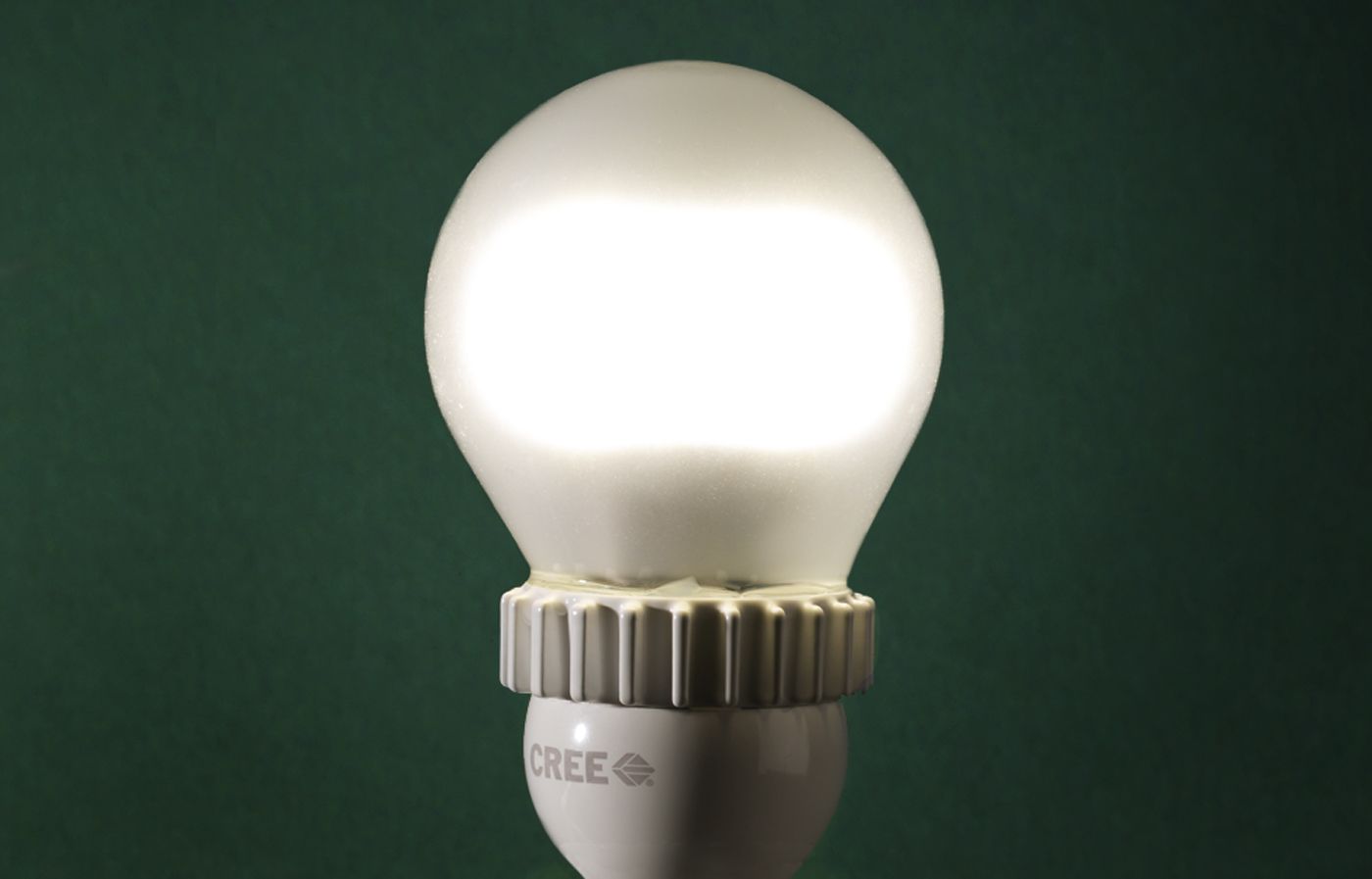
Fans love how this well-priced bulb looks and lights like an incandescent. What’s more, it works with most standard dimmers.
About $10; at The Home Depot stores
Philips Soft White Br30 65W Dimmable Floodlight
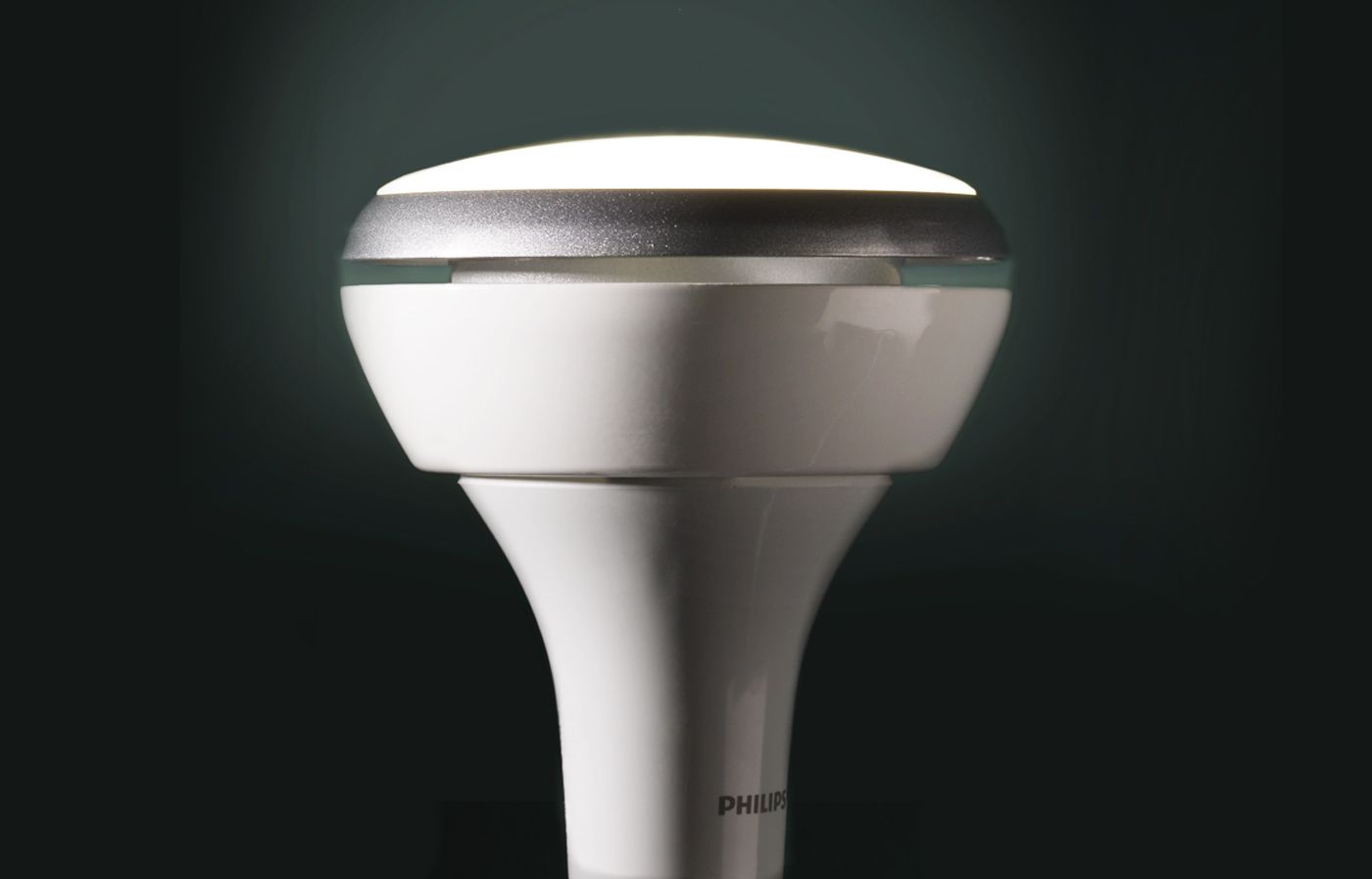
This seamless-looking high-lumen flood is ideal for kitchen task work and can be dimmed during dinner.
About $20; homedepot.com
Great Value Soft White LED A19
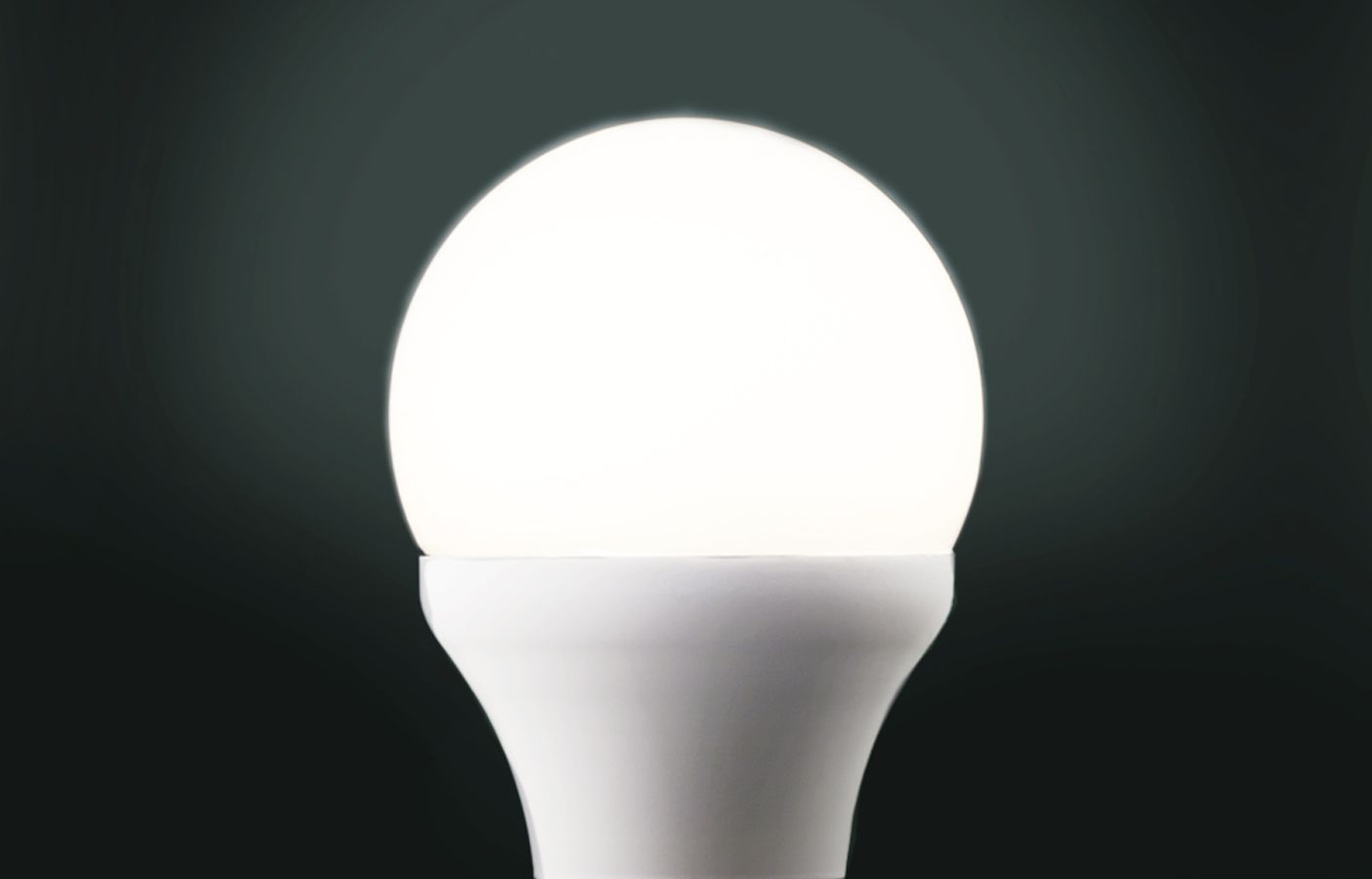
This bright all-purpose bulb is dimmable and works with enclosed fixtures.
About $10; walmart.com
Feit Electric Dimmable Chandelier Bulb
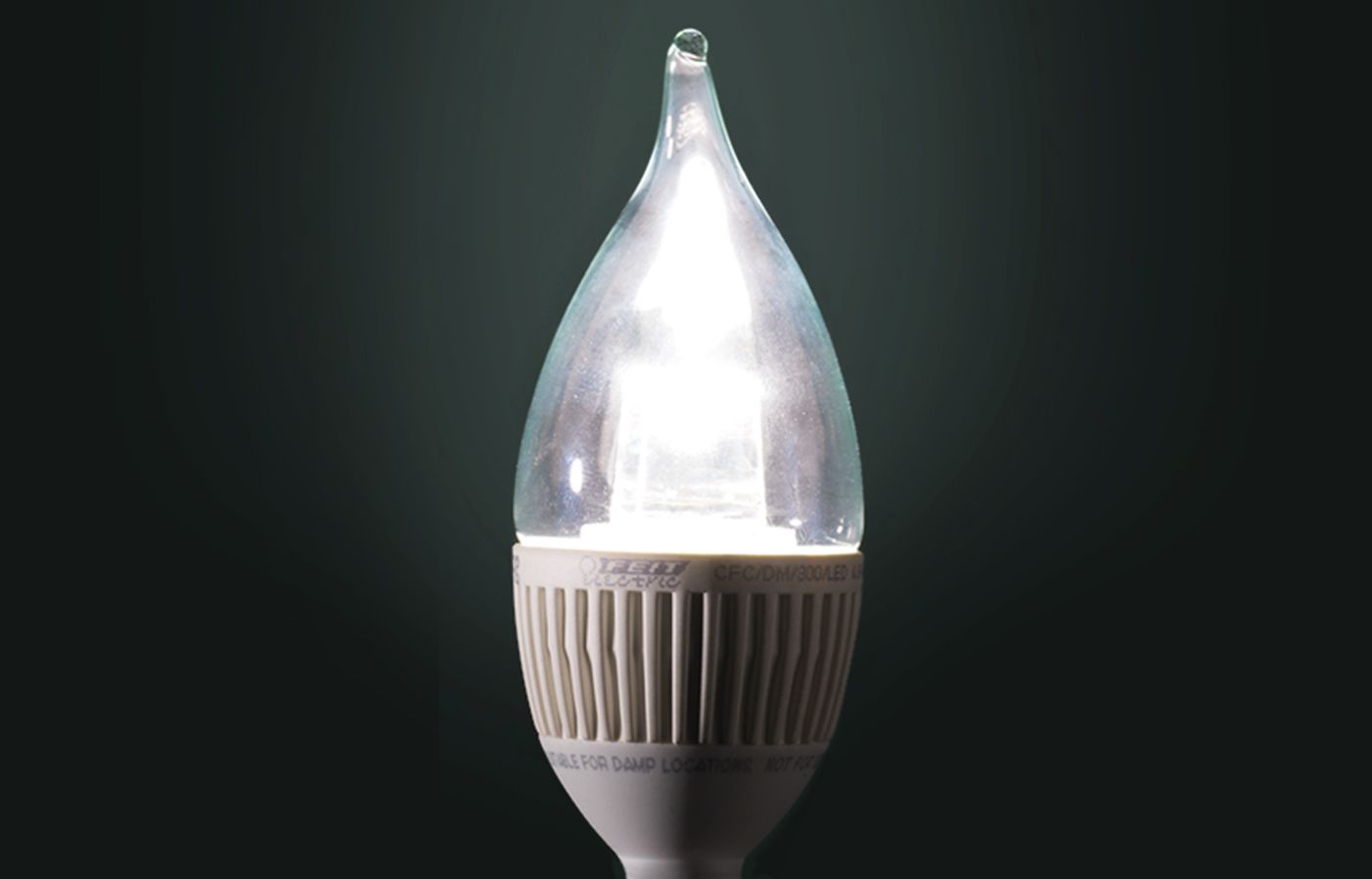
You’ll want to dim multiples of this clear-glass, candelabra-base bulb and couple it with candlelight when company comes.
About $18; amazon.com
